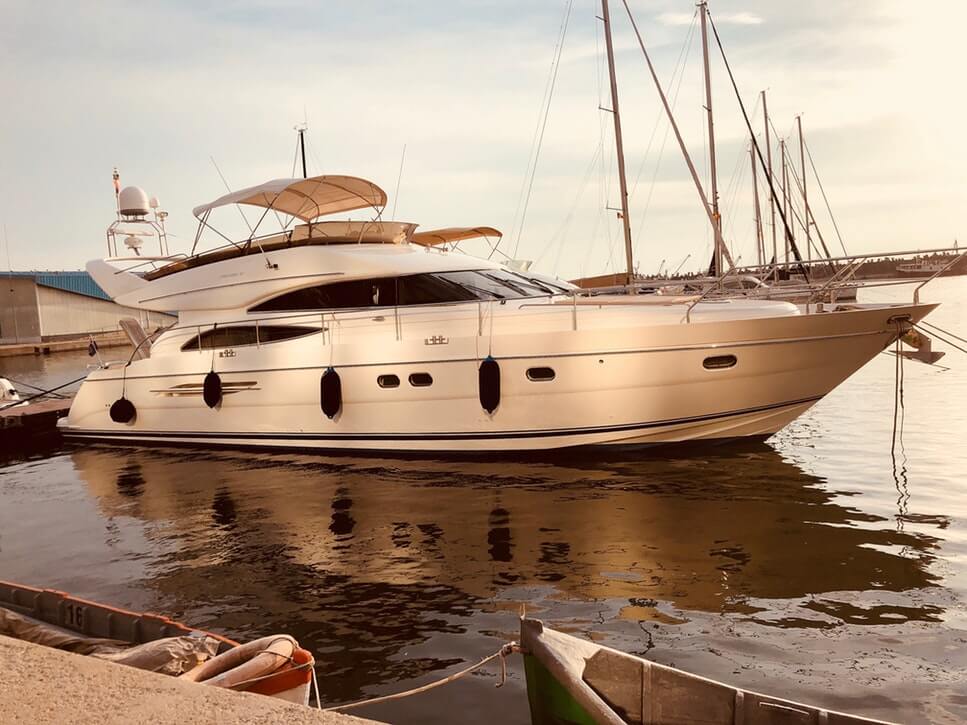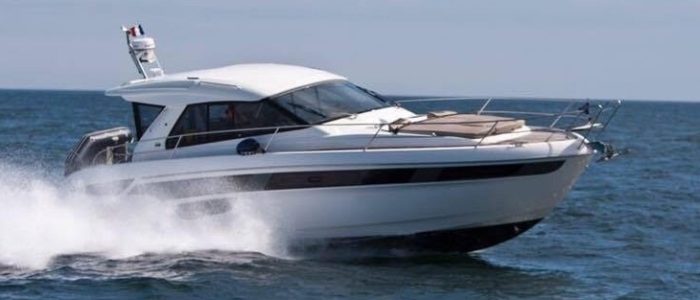Deciding what you want from your boat
One of the challenges when buying a boat, especially if it is your first boat, is deciding what you want. At Go Earth, we call this process “Requirement Analysis” – a term unceremoniously nicked from project management and software development.

Breadth of choice
So – you know that you want to buy a boat – but what sort of boat?
There are more varieties of boat than, say cars. This means that – if you are to make best use of your money and get a boat that you will enjoy for a long period – you need to give it some thought.
Let’s look at some of the variety of choices you need to make.
All cars, for example, have 4 wheels – unless you are Del Boy! (And for the younger readers, do a Google search on ‘Del Boy car’!!). Boats on the other hand can have one, 2, 3 or even more hulls. In fact some racing yachts hardly use their hulls, as they are on foils.
What about motive power? In cars, the choice is between petrol, diesel and electric. However, they are all broadly similar in that their output is rotary power – turning wheels. The differences between the main ‘power units’ on a power boat (engines) and on a sailing yacht (sails) could not be more stark.
What about Price range? Again, the differences are massive. No matter how hard you try, it is really very di ffi cult to spend more than (to take an extreme) £2 million on a car. It’s dead easy to do this for a boat.

Trade-offs
The main trade-offs to consider when purchasing a boat of any type are:
- Size
- Age
- Price
- Subsidiary trade-offs are
- Condition, including service history
- Brand
Other factors, such as the inventory seem to pay only a very minor part. Sometimes, great electronics or the availability of a dinghy and engine may be a minor factor.
As a purchaser, you need to decide on the relevant importance to you of these factors.
Age matters
In respect of these trade-offs, boat are similar to cars. The older the car, the cheaper it usually is. There are exceptions – some classic cars (what we used to call ‘old bangers’!) may appreciate in value. However, the general rule still applies – there is a depreciation curve showing how price falls at the boat gets older. At Go Earth we have records of asking, and sold, prices for many models; so let’s take one random example, the asking prices for a Fairline Targa 48. We did an analysis of average asking prices for this model, and this is what we found.

Illustrative Prices – Fairline Targa 48
In the table, the first column is the year, the second is the asking price, and the third is the annual depreciation compared with a model a year younger.
These prices may be only approximately typical, but they illustrate that (as with cars) the newer the boat the larger the depreciation hit. We find that once you get to the older boats, and if you buy wisely (using Go Earth’s negotiation services!), you can suffer zero depreciation for several years.
Size matters
There is, however, one big difference between cars and boats. Cars are all very broadly the same size. Even the largest SUV is probably only twice the size of the smallest micro car. The size difference in boats is immense. This leads to a major impact on price. As a very approximate rule-of-thumb, the price of a boat increases as the cube of its length (as a boat increase its size in all 3 dimensions). So, a boat that is twice the length of an other one, could be 8 times the cost.
Given that all boats shrink when you put them in the water (yes, I know that does not literally happen – I just mean that a boat on hard-standing always looks bigger than when it is in the water), deciding on the size of boat is a very important part of the decision making around defining your requirements.

Flybridge or Sports Cruiser?
Let’s take just one specific example of the sort of decision you need to make. Suppose that you are in the market for, say, a power 38 to 42-footer. Two of the main styles of boat are flybridges and sports cruisers. Which suits you best? If you are going to do this comparison, it may be helpful to know the typical main characteristics of each type. This is a summary:
Flybridge
- Depending on the brand, there may be a limited range of models.
- By having a flybridge, this usually gives you more overall deck space, as you have a deck on top.
- Easier to manoeuvre in a marina, as you can see mostly around you from the flybridge.
- Two helm positions.
- Arguably, more traditional looking.
- Need to cover the flybridge with a tonneau cover in inclement weather.
- Flybridge is a nice space to entertain in good weather. However, the steps up to the fl ybridge can be steep, though.
- Better view of the scenery and surroundings from the flybridge.
- Slightly more susceptible to side wind, owing to higher windage. Can make berthing the boat slightly trickier in open marinas with high wind
- Slightly more susceptible to side wind, owing to higher windage. Can make berthing the boat slightly trickier in open marinas with high wind
- Cruising in warm weather from the flybridge is very pleasant.
- At larger sizes, flybridges tend to be the most popular choices.
- Higher – therefore bridge clearance can be an issue, primarily in inland waterways.
- More expensive per foot length, owing to an extra deck (i.e. the flybridge); but possibly cheaper per square metre of deck space.
- Flybridges tend to have better galleys.
Sports Cruiser
- Possibly a more extensive choice.
- Less deck space.
- Fixed point to steer from – possibly limited visibility at some angles.
- One helm position.
- Sleeker, sportier look.
- Only have the canvas at the rear to contend with.
- Possibly limited open space at the stern for entertaining.
- Viewing from lower down only.
- Better handling in side wind conditions.
- Slightly faster, dependent on engines of course. Lower centre of gravity gives better handling in high-speed turns.
- A hardtop with a sliding sunroof provides cover when needed, and a degree of exposure to warm weather when the hardtop is slid back.
- At larger spaces, sports cruiser are, arguably, less good value for money unless performance and top speed is a priority.
- Low height – easier bridge clearance.
- Cheaper per foot length; but more expensive per square metre of deck space.
- Galley space can be constrained – owing to less overall space.
Naturally, it is more complicated than this. The details of the actual boat models you are looking at are important. Of course, much of this is subjective – and that is fair enough. After all, it is your money and therefore your subjective tastes are important.
Requirements analysis
A previous article in Boat Trader discussed our methods of Requirements Analysis in more detail. If you’d like a (free) copy of the article, please email me at martin.berman@ boatsearch.earth.
Last thoughts
It can take a bit more effort and time to think through your requirement properly – but it is worth it. You want a boat that you will continue to be happy with for a long time. At Go Earth, we are happy to give a free (yes, free, really!), no hassle, no obligation telephone consultation to anyone seriously thinking of buying a boat. Just email me.






